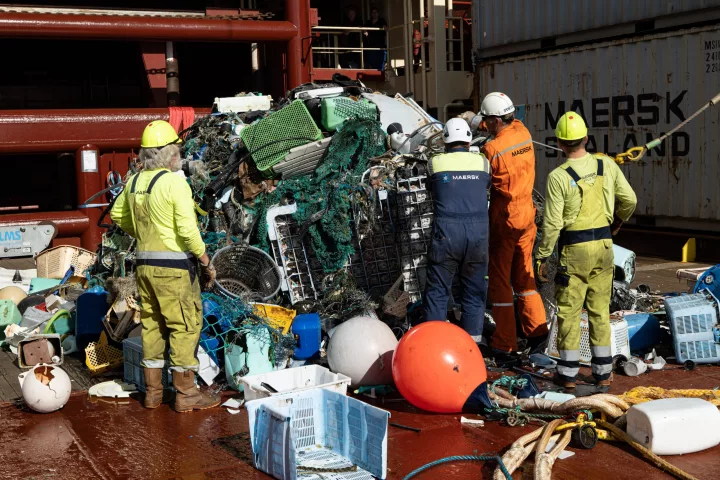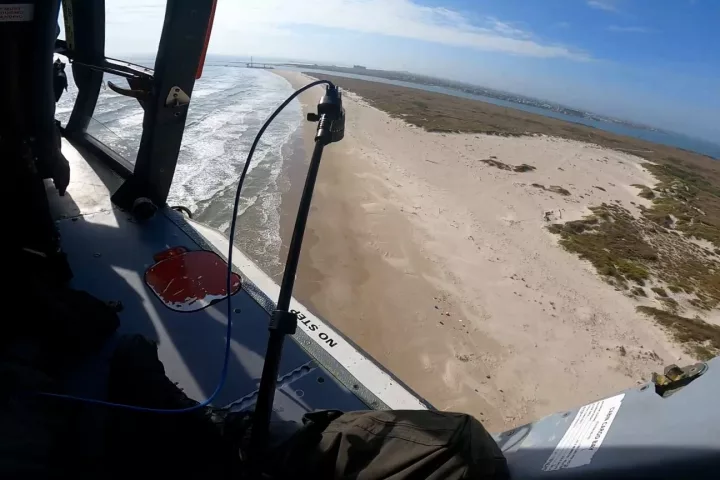Ocean plastics
-
We already know that waterborne plastic particles can enter the bodies of fish, which are then eaten by humans. New research, however, shows that such particles can enter the food chain via another route, by traveling from plants to insects to fish.
-
Marine plastic pollution is a big problem, as exemplified by the Great Pacific Garbage Patch. According to a study conducted by the Ocean Cleanup project and Wageningen University, most of the plastic in that patch comes from the fishing industry.
-
Although there's no doubt that marine plastic waste pollution is a major problem, there may be at least a small sliver of hope. According to a new study, plastic trash on Australian beaches has actually decreased by almost a third in recent years.
-
Tentsile has built an impressive stable of suspended sleeping shelters and hammocks since launching its very first tree tent in 2012, and its latest creations land with a particularly green tinge through the use of recycled ocean plastics.
-
Back in 2020, Open Ocean Engineering launched an autonomous vessel designed to clear plastic waste from local waterways. After partnering with Razer last year for a radical redesign, a sleeker Clearbot has now started patrolling Hong Kong waters.
-
The way plastic moves through the environment is of great concern to scientists, and a first-of-a-kind study has unearthed disconcerting new information on how microplastics can carry pathogens far out to sea and endanger marine life.
-
Marine debris is a huge problem, both when it's floating at sea and when it gets washed up on the shore. In order to locate the latter for removal, scientists are developing AI-enabled drones which will spot human-made beach trash from the air.
-
A new study has shown that creatures typically inhabiting coastal areas are hitching rides out to sea aboard plastic waste, and are able to not just survive, but thrive out in the open ocean ... with untold impacts on the ecosystem.
-
Glitter spruces up everything from makeup to craft projects, but one thing it doesn’t improve is the environment. A new biodegradable glitter swaps out the plastic and aluminum for plant-based cellulose, which can be produced at scale.
-
With the amount of plastic swirling around in the ocean, wouldn't it be handy if the boats cleaning it up could use the trash to fuel their own operations? A new study has crunched the numbers and suggests such an approach may be feasible.
-
Having only just returned from a trial campaign that yielded massive hauls of plastic waste, the Ocean Cleanup Project is now moving beyond testing and kicking off its first operational mission, while outlining plans for a much larger system.
-
Back in August, the Ocean Cleanup Project returned to the waters of the Great Pacific Garbage Patch with a redesigned trash-collecting system that was its largest yet, and it has just reigned in a "massive" haul of plastic waste.
Load More











